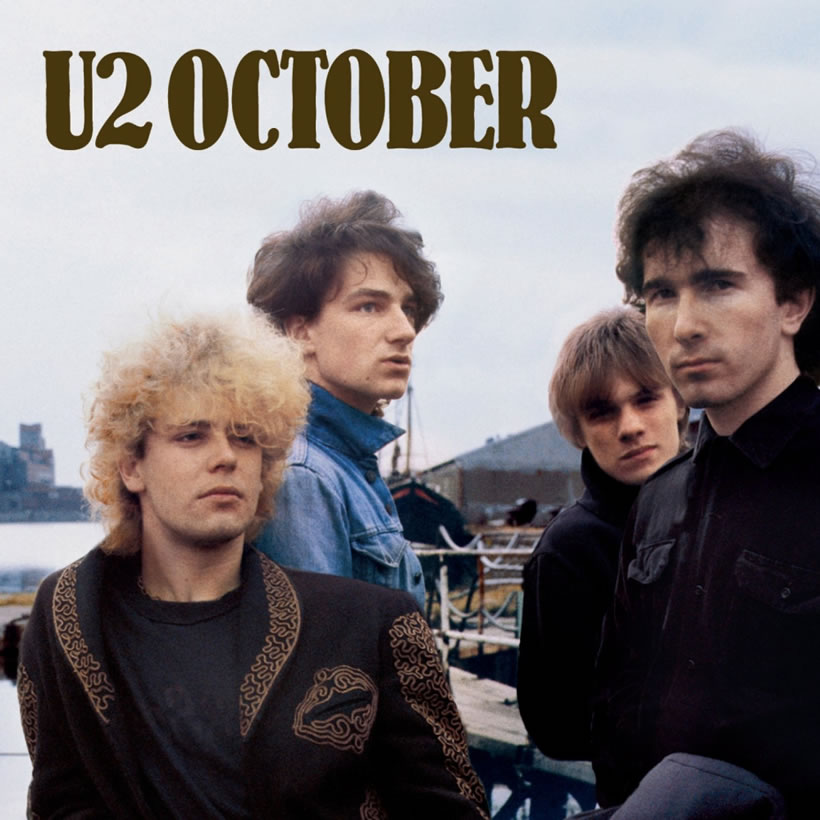
The 12 months following the release of U2’s debut album Boy were eventful, to say the least. Ronald Reagan had become President of the United States, the Iran hostage crisis ended, then Reagan himself was shot, as was Pope John Paul II. J.R. was shot and so, devastatingly, was John Lennon.
Riots in Brixton lit an angry fuse around Britain. Cultural icons such as Steve McQueen, Mae West, and Bob Marley all left us and the Rolling Stones were out on tour. Meanwhile at Windmill Lane Studios in Dublin, and initially at Compass Point in Nassau, four Irishmen were purposefully going about the business of becoming a premier division rock force.
U2 go to college
U2 toured Boy through the first half of 1981, taking the album into college venues from Norwich to Northampton, Manchester to Glasgow, then into Europe. They popped back to London for an Old Grey Whistle Test, then crossed the Atlantic for an extensive American schedule.
Even before the band finished the Boy tour at Hammersmith Palais in June, they’d seized the offer of their Island label boss Chris Blackwell’s hospitality at his Compass Point facility, by recording the new song “Fire.” That track would underpin what became the second U2 album.
October saw the band rising not only to the usual challenges of proving that you’re more than a one-album wonder, but to the specific pressure of creating new work as the clock ticked ever louder. When Bono’s initial lyrics for the new songs were lost, he had to rewrite them in the studio at Windmill, with producer Steve Lillywhite poised to press record.
“Fire” was the fanfare, the opening shot, and it made some noise. The song was their first hit single at home, reaching the Top 5 in Ireland, and gave U2 their first UK Top 40 entry — albeit modestly, and incongruously positioned that August between Elaine Paige and Eddy Grant.
Gloria goes ahead
Next came “Gloria,” the second single and the opening track when the album arrived seven days later. The song’s Latin chorus foretold an LP with strong religious themes, but also with a developing sense of the band’s songwriting maturity and instrumental dexterity. The innate percussive tension of “I Threw A Brick Through A Window” and urgency of “Rejoice” were offset by the measured, near-instrumental “Scarlet” and the affecting piano balladry of October itself.
Listen to the best of U2 on Apple Music and Spotify.
Where Boy had only brushed against a mainstream audience in the UK, peaking at No.52, October reached No.11, fuelled by the British tour that U2 were already on by the time it hit the shops. European shows followed, then it was back to the US, where the record topped out at No.104, rather lower than the No.63 peak of the introductory Boy. The band broke for Christmas with two nights at the Lyceum in London, before an American onslaught in the early stages of 1982 that would lay the groundwork for the breakthrough to come.
‘Emotions of a spiritual nature’
“All we know is what we are,” Bono said during that US tour. “What we have in this band is very special. The sound may be classical in one sense, but it’s naturally our own. We don’t sound like any other group. Our songs are different — they hold emotions of a spiritual nature. I don’t have anybody to look up to in rock‘n’roll. I find…I’m talking around it all the time.”
Explore uDiscover Music’s full U2: Behind The Albums series.
Then he concluded: “I don’t really feel U2 has been born yet. I’m 21, Larry’s just turned 20. In the past two years we’ve been directors of a very large business, worked till we thought we’d die, and the value of the experience is only now beginning to come out. I’m still learning.”
Buy or stream the deluxe remastered edition of October.
source https://www.udiscovermusic.com/behind-the-albums/u2-october-album/

